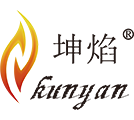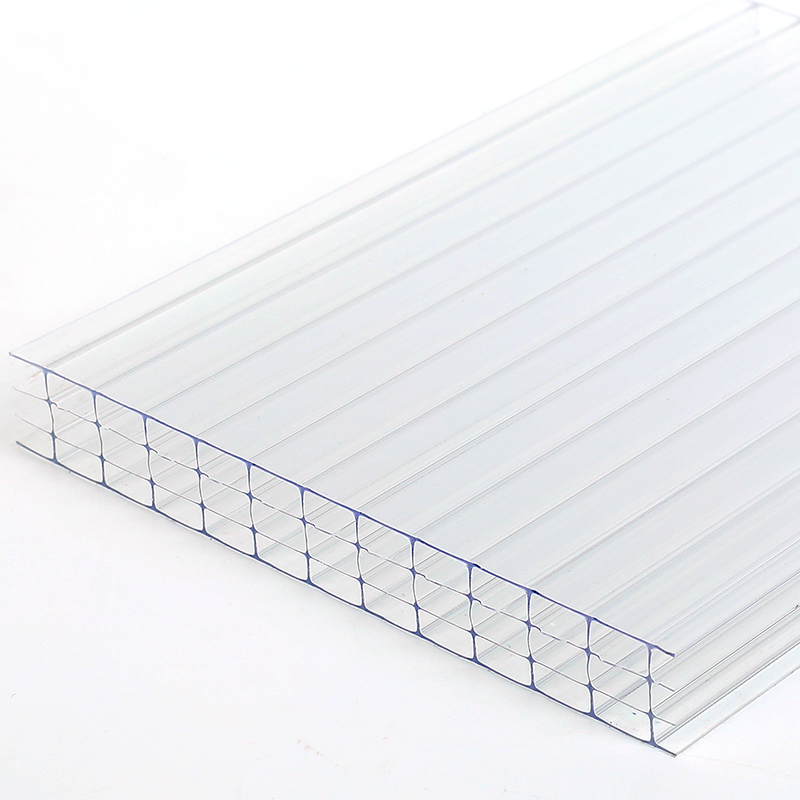Polycarbonate Multi-Wall Panels: Built to Last
Using polymers enables various builders, from the do-it-yourselfers to industrial contractors, to create lightweight construction such as skylights and non-load-bearing walls. While there are many benefits to polycarbonate building panels, it may help project managers to fully understand where these multi-wall panels make the most sense. To do this requires an understanding of the many advantages of polycarbonate when compared to other materials, and to review some examples of where multi-wall polycarbonate panels are most commonly used.
Benefits of Polycarbonate Multi-Wall Panels
Compared to glass and other non-polymer materials, builders and engineers who incorporate polycarbonate panels find that they have numerous benefits. For skylights and industrial settings, polycarbonate building panels are better at handling UV rays from sunlight and impact strikes such as hail, stones or any flying materials. In addition, these multi-wall panels can also handle high-variance temperature shifts making them great all weather building panels with the added ability to protect various types of equipment from fire and smoke.
Polycarbonate building panels can be used as both curved and flat forms to accommodate interior wall designs with much more ease than other materials. Similarly, shapes that would otherwise be impossible to form with other building materials can be formed into polycarbonate panels. All this helps to creates less work for installers simply because these multi-wall panels can be installed without the use of adhesives, or the need to cover up installations thanks to snap covers and other elements.
Commercial Applications
Using polycarbonate multi-wall panels for business needs can offer a cost-effective alternative to dividing up rooms for employees or providing protection from a factory floor for the quality assurance personnel, for example. Polycarbonate panels are often used to funnel traffic at stadiums and arenas since this form of sheeting provides a prime location for printing advertisements, logos and even providing directions for visitors.
Similar possibilities exist for businesses with large offices, allowing visitors to easily make their way from one department to the other. Polycarbonate panels used for advertisements and signage can increase brand visibility for businesses from passing traffic, on the road or pedestrians, with the added benefit of a long lifespan due to the inherent protection from UV rays and heat that polycarbonate provides.
As mentioned, polycarbonate is a phenomenal all weather building panel that can also be used as an alternative for roofing and windows, especially in manufacturing facilities where temperature control is important to ensure no issues with the production processes. Protecting atriums and other smaller outdoor spaces is also possible using polycarbonate multi-wall panels at a lower cost than glass and at a lighter weight to help reduce the amount of structural support required.
Utilized as a roofing panel the polycarbonate still allows for natural light to shine in, but with additives can help businesses change the transparency of the roofing panel to either protect workers and visitors from UV light or to help create a desired ambience. From the inside out, these multi-wall panels can help protect employees from flashing or other potentially harmful elements of manufacturing without completely blocking off the area. With the use of strategic additives, polycarbonate multi-wall panels can provide enhanced corrosion resistance. This is especially useful where a production or fabrication process includes, or produces, noxious chemicals causing occupational safety hazards. In this case, polycarbonate building panels can help by adding another layer of protection for non-production staff working in the same building and allowing for multiple uses of a given property without high expenses.
Post time: Apr-01-2022

